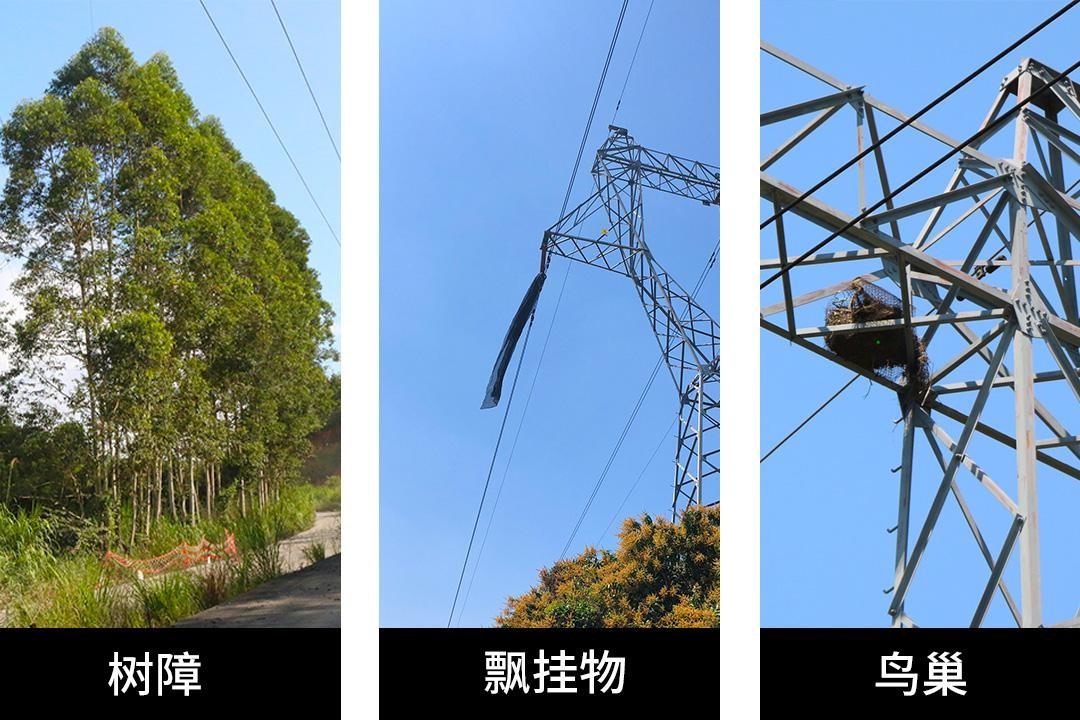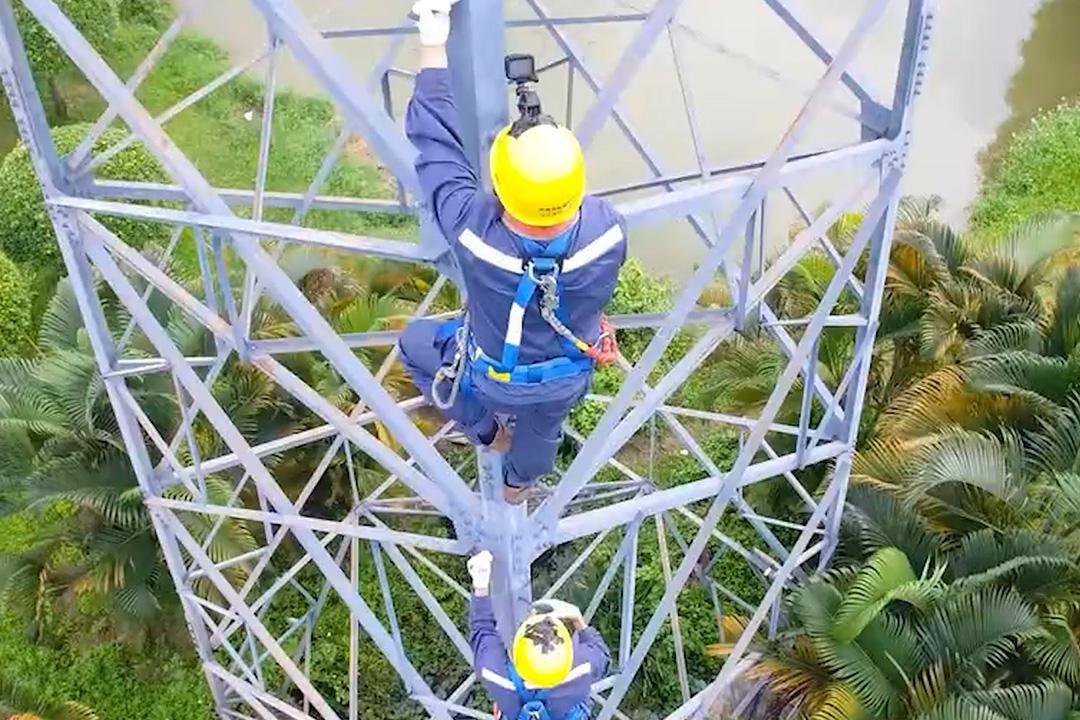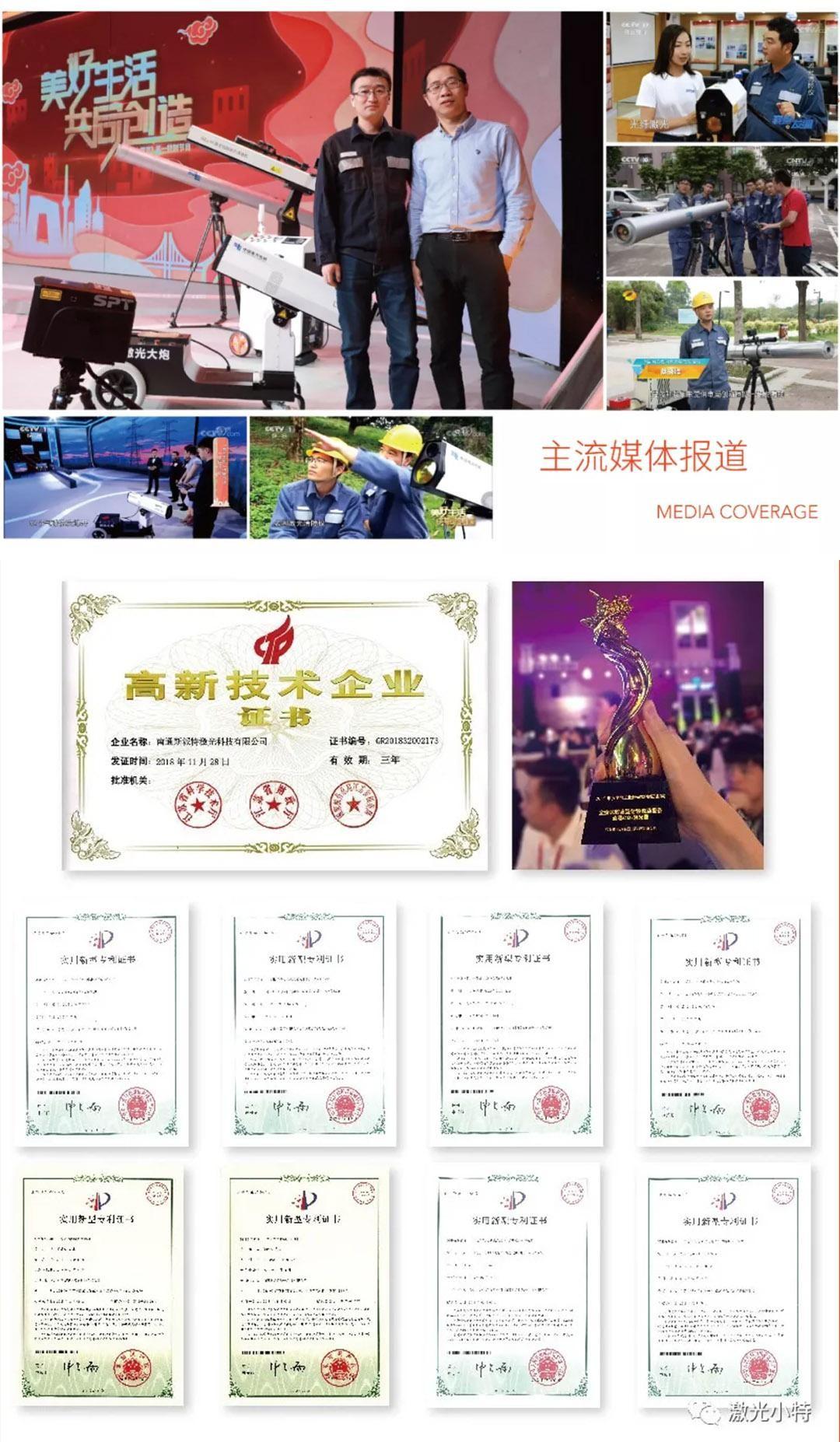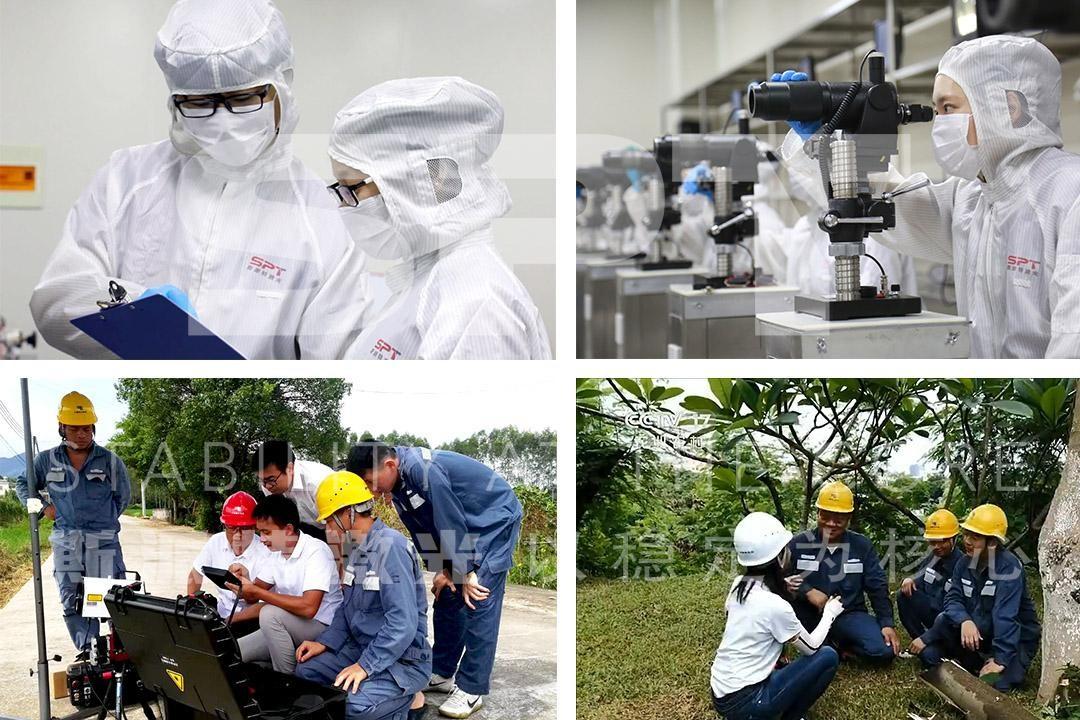Overhead line transmission is the main power transmission method used in today's society. Power stations, substations, and load points in different regions are connected through overhead lines to transmit or exchange electrical energy to form a power network or distribution network of various voltage levels.
The exposure of overhead lines to the atmospheric environment, in addition to being affected by meteorological problems, may also be vulnerable to obstacles such as overgrown trees, bird and bee nests, and foreign floating objects. This can lead to line tripping, which further causes power outages for businesses and residents, and the loss will be incalculable.

Therefore, a daily task for personnel of the power grid arises. Electric workers must regularly check the transmission lines and remove the obstacles, which is often referred to as obstacle removal.
The traditional way of obstacle removal requires tower climbing, the efficiency of which is low, and power cutting is unavoidable. This not only affects the residents' electricity consumption, but also has a great threat to the personal safety of the obstacle removing personnel.
Therefore, it is urgent to improve the efficiency of removing floating objects and reduce the operational risk to ensure the safe operation of the power grid.

In 2012, the application technology of foreign object removal by laser on overhead lines, which was jointly developed by SPT and China Southern Power Grid Company, was born, which is later known as the laser obstacle remover.
The birth of laser removal remover breaks the traditional way of removal by person in the absence of power. The new method, which does not need climbing and contact with overhead lines, not only protects the safety of equipment and facilities, but also greatly reduces the risk of removing obstacles and protects the safety of personnel. In addition, the laser obstacle remover greatly shortens the working time, so that the average operating time is in 20 minutes, greatly improving the efficiency of the power grid.

The application range of laser obstacle remover is very broad. It can adapt to many usage scenarios such as cleaning up kites, balloons, agricultural film and other floating objects, bird's nests, honeycombs on the overhead line and even trees, or can be used in cold areas for laser de-icing.

After years of research and development, laser obstacle remover continues to upgrade.
In terms of performance, the new laser obstacle remover uses a 10.8-inch tablet with a clear, simple interface and easy operation. And dynamic focus technology and night vision technology are used and it can achieve 30x optical zoom and automatic positioning and aiming to meet the needs of removing at night, and easily cope with a variety of application scenarios.
In terms of flexibility, the laser obstacle remover has been upgraded from the first generation of behemoth to today's ultra-small version. Small in size, light in weight, suitable for most terrains, the laser obstacle remover can be operated by only one person.

At present, there have been a number of fiber laser obstacle removers and CO2 laser obstacle removers in the market, and they have received mainstream media reports and recommendations, and are unanimously recognized by users.
By 2020, SPT has received special reports on CCTV-1 "Good Life Co-Creation" and "My Amazing Country", CCTV-2 "CCTV Finance", CCTV-10 and CCTV-17 "I Love Invention", and Hunan Satellite TV "News and Truth". SPT laser has also been granted more than 50 national patents, including 11 invention patents.

SPT laser attaches great importance to social responsibility and meets the needs of the power industry in operation and maintenance of overhead line by developing stable and advanced laser obstacle remover.
We have a professional laser obstacle removing team, focusing on technology research and development, project management and operational training. By strengthening the cooperation with local power supply bureaus, we will provide innovative and comprehensive laser obstacle removing technology to ensure the normal operation and maintenance of overhead lines and let laser guard the lights.


